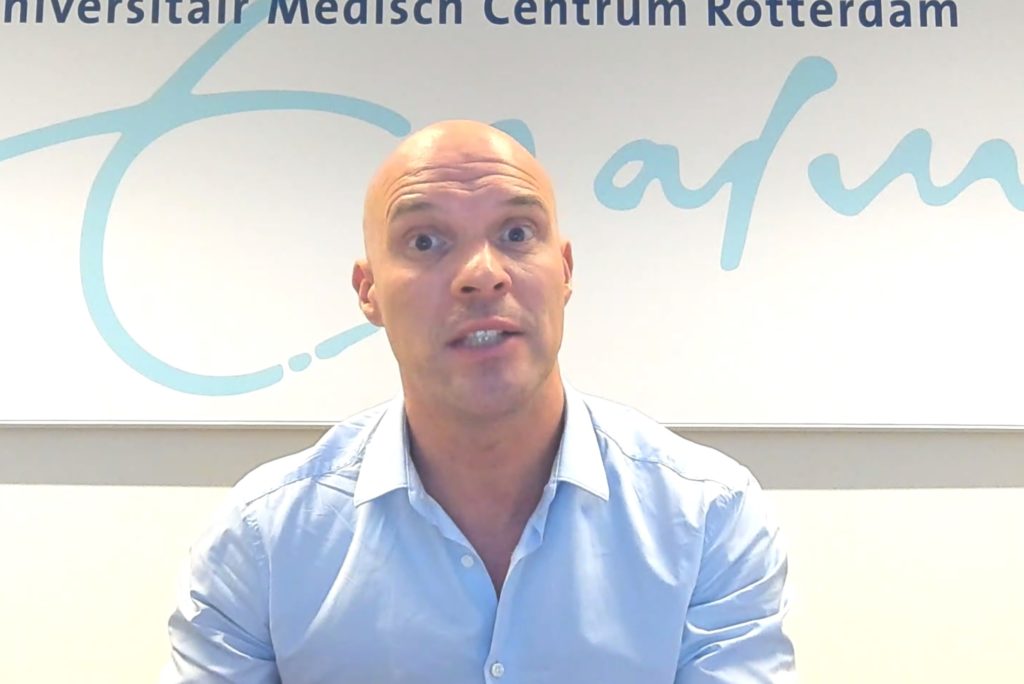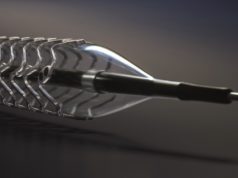
Five-year clinical and echocardiographic outcome data from the SURTAVI randomised trial comparing transcatheter aortic valve implantation (TAVI) using an early-generation device to surgical aortic valve replacement (SAVR) have shown no difference in all-cause mortality or stroke between the two procedures in patients at intermediate surgical risk.
SURTAVI findings were presented by Nicolas van Mieghem (Erasmus University Medical Center, Rotterdam, The Netherlands) during a late-breaking trial session at the Transcatheter Cardiovascular Therapeutics annual meeting (TCT 2021; 4–6 November, Orlando USA and virtual)
A total of 1,660 intermediate-risk patients (risk of operative mortality ≥3% to <15%) underwent attempted implant of a transcatheter aortic valve using the CoreValve/Evolut platform (Medtronic, n=864) or a surgical valve (n=796) at 87 centres in Canada, Europe and the USA. Patients were stratified by investigational site and need for revascularisation. Concomitant or staged PCI in the TAVI arm or coronary bypass graft in the surgical
The primary endpoint, consisting of the composite of death or disabling stroke at five years, were similar in both groups with 31.3% for TAVI and 30.8% for surgery (HR 1.02, 95% CI .085‒1.22, p=0.85). All-cause mortality had similar rates and disabling stroke was 4.1% for TAVI compared to 5.8% for surgery (HR 0.69, 95% CI 0.43‒1.10, p=0.12).
At two years, reinterventions were higher with TAVI (2.5% versus 0.5%, log-rank p=0.002). However, at years three through five, the rates were similar. At five years, the reintervention rate for TAVI was 1% compared to 1.3% compared with surgery (log-rank p=0.60).
Core lab-assessed valve regurgitation showed that surgery patients had significantly less ≥ mild aortic regurgitation or paravalvular leak than TAVI at one, two and five-year follow-ups (all p<0.001). Kansas City Cardiomyopathy Questionnaire summary scores were higher for TAVI patients at one year.
However, the scores were similar at each additional follow up through five years. New York Heart Association Class was also similar between both groups at each follow up. In addition, forward-flow haemodynamics were significantly better with TAVI.
“Longer-term outcomes data from the SURTAVI randomised trial comparing early-generation TAVI to open-heart surgery are similar and encouraging for TAVI in younger, healthier patients with aortic stenosis,” said Van Mieghem.












